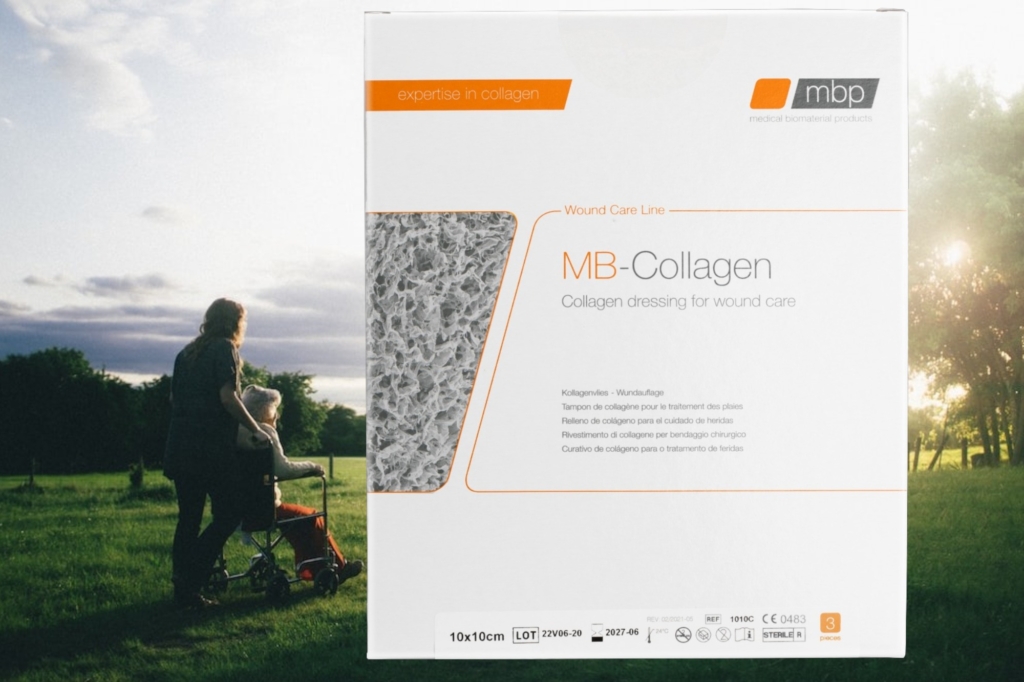Burns, Temporary Skin Replacement
Temporary Skin Replacement
The MBP product Xenoderm Collagen wound dressings as a temporary skin substitute
When collagen membranes are used as temporary biological skin substitutes (Xenoderm) to cover acute, chronic and burn wounds, they support wound healing by maintaining a moist wound environment through granulation, angiogenesis and re-epithelialisation without being integrated into the granulation tissue by cellular and vascular infiltration. They either detach from the wound when re-epithelialisation has occurred or are replaced by an autograft graft after sufficient conditioning of the wound bed.
Skin wounds close by re-epithelialisation and contraction, depending on wound location, depth, size, microbial contamination, patient health status, genetic and epigenetic factors. In non-infected, small-area wounds, which involve only the epidermis and and parts of the dermis, wound healing is primary and may result in rapid wound closure with minor scarring. Even superficial skin wounds with a largely intact dermis intact dermis can also heal primarily (e.g. split skin removal sites). Skin appendages such as hair, sebaceous and sweat glands remain intact.
Deep wounds involving the dermis and underlying layers, characterised by tissue loss, heal secondarily. The reconstruction of the damaged tissue is initiated by the formation of granulation tissue, followed by epithelialisation.
Skin appendages such as hair, sebaceous and sweat glands are not preserved. The use of skin substitutes supports granulation and creates the prerequisite for the transplantation of an autograft for re-epithelialisation if the size of the wound makes it necessary. Tertiary wound healing includes complex cases where a wound is kept open until, for example, an infection has been successfully controlled. Subsequently, wound healing is supported by plastic surgical reconstruction or suture closure. In superficial, small and clean wounds, the phases of haemostasis and inflammation extend over a shorter period of time because only small amounts of exudate are required to cleanse the wound and the blood coagulum induces rapid wound closure. In larger wounds, these phases take a longer period of time.

Temporary biological skin replacement
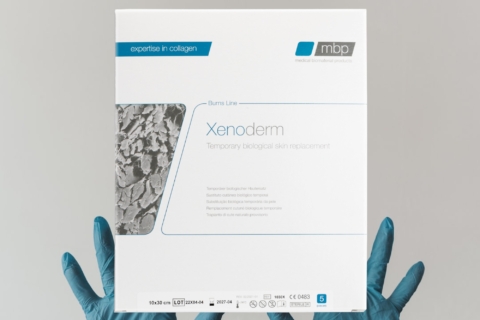
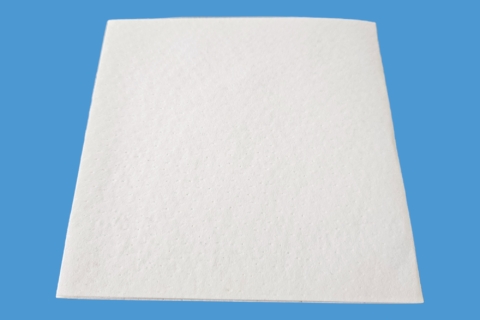
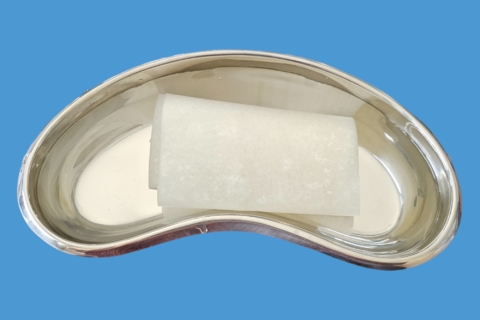
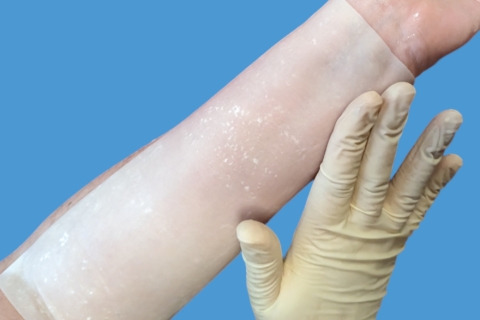
Xenoderm (temporary biological skin replacement made from pure collagen)
Xenoderm is an acellular collagen matrix derived from split skin. The extensive loss of skin leads to numerous complications and impedes wound healing. The application of Xenoderm ensures the creation of a biological wound environment and creates favourable conditions for accelerated epithelialisation and good cosmetic results. Xenoderm is indicated for temporary coverage of burns (grade II-III), traumatic wounds and all superficial and deep wounds and is an alternative to the use of homografts or cadaver skin.
Properties
- Protects the biological wound setting
- Promotes wound healing
- Has a pain-relieving effect
- Microbial and mechanical barrier function
- Protects from electrolyte and heat loss
- Adheres well to the wound bed
- Can be removed with little pain when wet
Applications
- Xenoderm is designed for temporary coverage of burns (grade II-III), traumatic wounds and all superficial and deep wounds
- Xenoderm can be used to cover 3rd degree burns immediately after excision, should the provision of an autograft be delayed, can be used as a second component when using the sandwich technique: “autograft and cadaver skin”
- Xenoderm can be used on burns that have already been covered with an autograft or other skin substitute (meshed, unmeshed or other),
- is applicable to all injuries associated with tissue loss or delayed wound closure,
- can be used to temporarily cover hard-to-heal wounds, either alone or in combination with other wound dressings.
Practical application description
- Xenoderm is intended for use by medically trained personnel.
- After sterile removal from the packaging, rehydration takes place at room temperature in sterile isotonic saline. The dressing should be soaked for at least 2 minutes or until the dressing becomes transparent.
- At the time of initial application or reapplication of Xenoderm, the wound area should be thoroughly debrided and gently cleansed, for example with an antiseptic; on second-degree wounds, Xenoderm may be left, once adherent, until it peels off at the onset of re-epithelialisation. Press Xenoderm firmly onto the wound and smooth it to avoid blistering; fit it to the wound borders. As a precaution, Xenoderm should not be applied to weight-bearing areas of the body (risk of maceration). Xenoderm can be fixed in place by gauze bandages or other suitable dressing materials.
- Renewal of the Xenoderm dressing should be done according to the usual ward routine for dressing changes. Xenoderm dressing changes are virtually painless. Always moisten the dressing with sterile isotonic saline before removal. The length of time Xenoderm remains on the wound is variable and is determined by the wound healing process. Infected, highly exuding wounds initially require more frequent dressing changes (daily if necessary). On all aseptic wounds – including granulating wounds – Xenoderm should be removed after 10 days at the latest to prevent excessive adherence.
- Medical device class III (Regulation (EU) 2017/745)
- Source of collagen: porcin
- Temporary biological skin replacement
- Thickness: 0.2 – 0.5 mm
- Easy handling
- Easy storage at ≤ 30°C
- Has excellent biocompatibility
- No risk of human virus transmission
- Manufactured in Germany
Intended use
Xenoderm is used as a temporary skin substitute, to cover second and third degree skin loss due to burns and trauma, to cover chronic non-healing wounds such as venous, diabetic or pressure ulcers, to cover autologous grafts, and to cover donor sites.
Article number (REF) / size / sales unit / UDI-DI
- 0505X / 5*5 cm / 10 per Unit / 426023090301
- 1010X / 10*10 cm / 5 per Unit / 426023090302
- 1020X / 10*20 cm / 5 per Unit / 426023090303
- 1030X / 10*30 cm / 5 per Unit / 426023090304
- 1040X / 10*40 cm / 5 per Unit / 426023090305
- Z0505X / 5*5 cm / 1 per Unit / 426023090301
- Z1010X / 10*10 cm / 1 per Unit / 426023090302
- Z1020X / 10*20 cm / 1 per Unit / 426023090303
- Z1030X / 10*30 cm / 1 per Unit / 426023090304
- Z1040X / 10*40 cm / 1 per Unit / 426023090305

